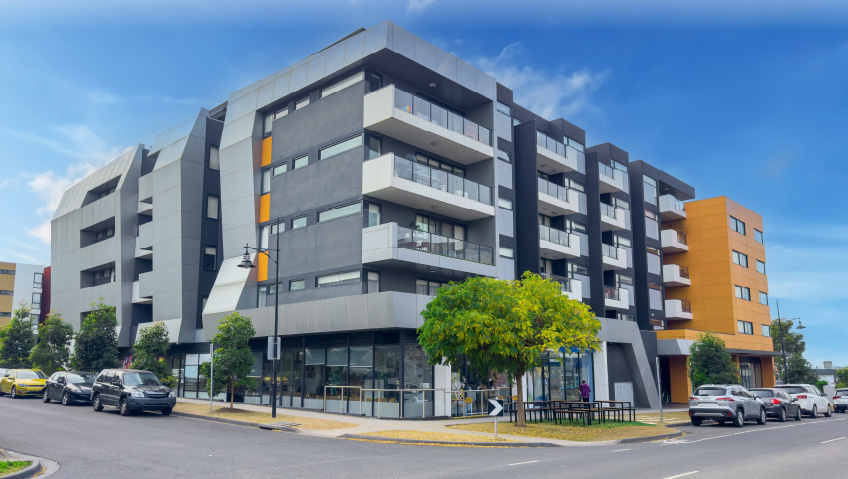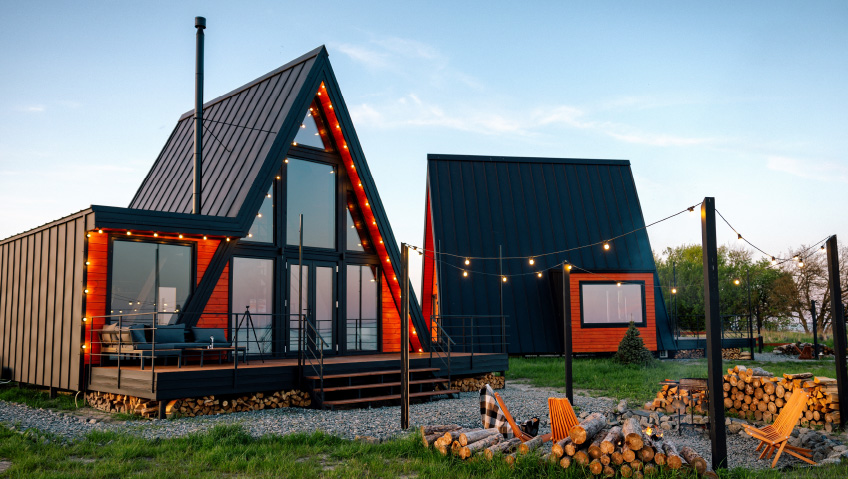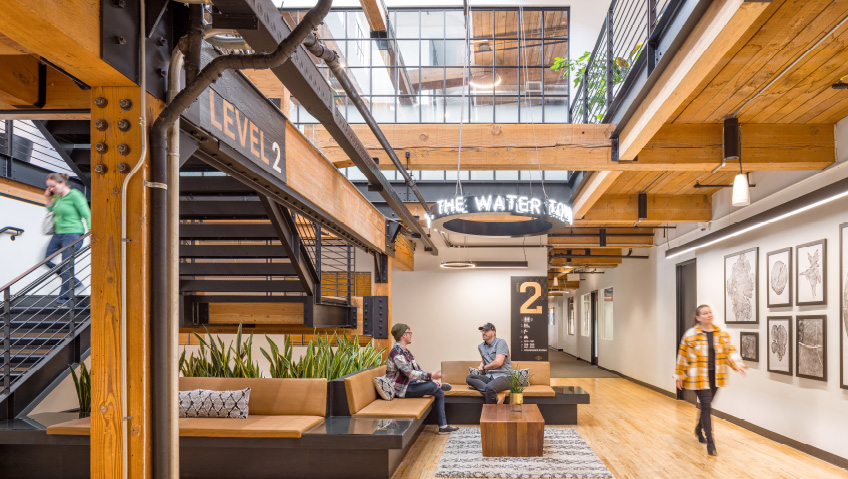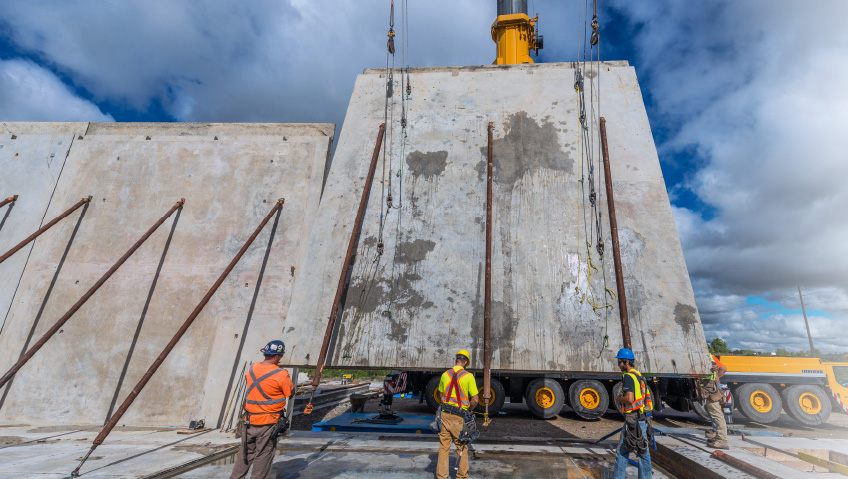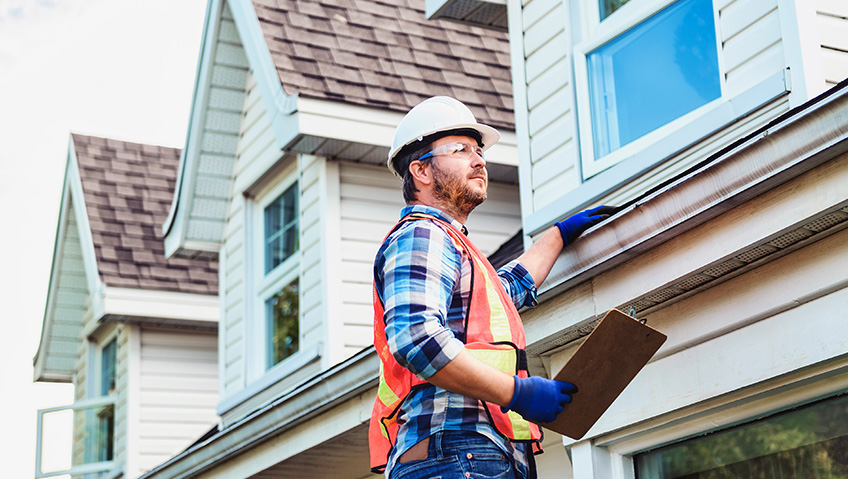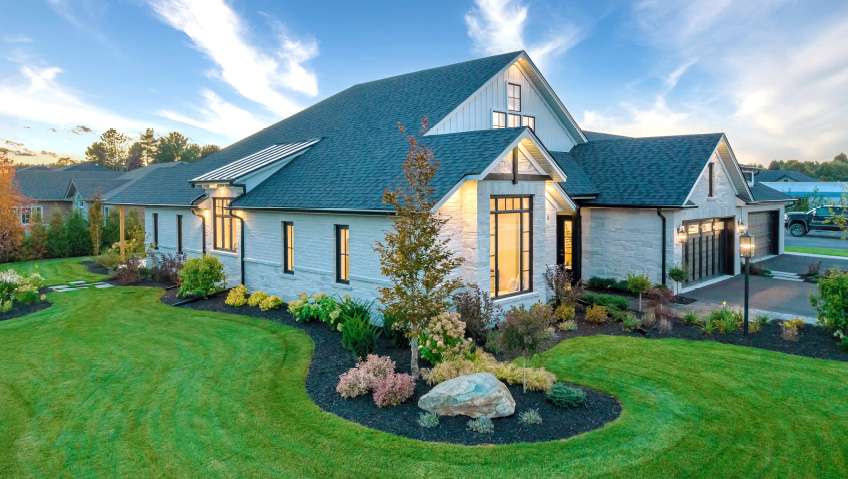Whether it’s major socioeconomic trends or cultural changes, urban apartment living has emerged as a defining characteristic of modern cityscapes, due in significant part to the extraordinary rate of urbanization and population expansion. A number of elements, such as the integration of diverse communities, transportation networks, and the accessibility of amenities, influence the allure of apartment buildings in metropolitan areas, with complexes giving residents easy access to social services, entertainment, and places of employment while also satisfying the urgent need for reasonably priced and practical housing solutions.
The emergence of mixed-use developments is another important trend influencing apartment building design, according to Archova. These multipurpose buildings include commercial, residential, and recreational areas, encouraging walkability and a feeling of community. Urban residents can benefit from easy access to stores, services, and recreational opportunities by combining many operations into a single complex, reducing reliance on cars and building thriving communities that encourage a variety of social interactions and lifestyles.
The potential for improved public transit systems is another important benefit of high-density living as it becomes possible to invest in strong transit infrastructure, such as buses and subways, when more people live nearby, says Homesight. A lively sense of community is also fostered by high-density dwellings, with more opportunities for social contact and cultural exchange when there are more people living close to one another. Additionally, the existence of businesses such as stores, eateries, and entertainment centres within walking distance promotes a livelier and more vibrant urban environment. High-density neighbourhoods frequently develop into centres of culture and commerce that draw a variety of people and stimulate the economy.
The idea of “15-minute cities,” where inhabitants can walk or bike to basic services and amenities within 15 minutes of their homes, is another trend supported by apartment dwelling. This approach reduces the need for lengthy journeys and encourages a more sustainable way of living by highlighting the significance of mixed-use complexes and high-density housing close to transit hubs.
One of the most important problems facing cities today is affordable housing, which has an impact on how residents live, work, and engage with communities. The need for affordable and easily accessible housing is fueling creative ideas and changing urban landscapes as cities continue to expand. These trends aim to create habitable, sustainable settings for all people, not just those who can afford them. The way housing is planned, constructed, and incorporated into urban life is changing, with the goal of maximizing efficiency without compromising quality, whether in co-living facilities or micro-apartments, according to Learn Architecture.
Micro-flats, which are usually smaller than 400 square feet, are becoming popular as effective urban housing options. In order to maximize space, these small apartments frequently have built-in furniture and place a high value on functional design, serving young professionals and singles looking for affordable housing close to city hubs, and are well-liked in densely populated cities like Tokyo and New York City.
Trends in affordable housing are redefining urban living by reducing socioeconomic gaps and encouraging development that is focused on the community. Along with micro-apartments, technological innovations like modular building and adaptive reuse maximize space and savings while increasing availability. Innovative solutions suited to urban demands can be fueled by tax incentives, public-private partnerships, and policies that favor mixed-income zoning.
On the technology side, modern apartment design heavily relies on technological integration in addition to mixed-use and sustainability initiatives, says Archova. Technology is transforming urban living, from smart home systems that improve security and comfort to developments in building management software that maximize energy efficiency. Quality of life for residents has greatly improved with the introduction of technologies like automated lighting, keyless entry, and real-time maintenance requests in many apartment complexes. Professionals are becoming more and more interested in apartment complexes in urban areas thanks to shared areas with high-speed internet and collaborative areas that support the expanding trend of remote work.
Property managers can now also effortlessly monitor and maintain the infrastructure of apartment complexes thanks to the development of sophisticated building management systems. Predictive analytics, for example, can be used to forecast maintenance concerns, reducing downtime and interruptions to residents. Integrated communication tools also make it easier for management and tenants to communicate quickly, guaranteeing that problems are resolved efficiently and swiftly and raising overall tenant satisfaction.
Additionally, using smart technology in urban residential settings promotes sustainable living habits, says Archova. Tenants can reduce their carbon footprint and contribute to a healthier environment by utilizing features like energy-efficient appliances and intelligent energy management systems. Smart technology and automation in apartment buildings continue to play a critical role in creating safe, comfortable, and environmentally friendly living environments as urban populations continue to rise.
Using green building materials is one of the most important aspects of designing sustainable apartments. Owing to ethical sourcing practices and recycled content, these materials ease the environmental impact of building; products manufactured from bamboo, repurposed wood, or eco-friendly concrete, for example, can help conserve resources while increasing the structure’s overall resilience.
Catering to a wide variety of people who live in metropolitan regions—including retirees, young professionals, families, and people from different cultural backgrounds—is vital. Because of this diversity, apartment building architecture and the range of amenities provided inside these structures must be carefully considered. Creating inclusive apartment complexes requires taking into account the many cultural backgrounds of city dwellers. Including adaptable areas that can accommodate cultural events or activities can help residents feel more included and encourage cross-cultural communication. Modifying apartment complexes in urban areas to accommodate these varied populations is essential to developing thriving, welcoming communities.
The future of apartment buildings in urban spaces is significantly influenced by government policies and urban planning initiatives, according to Archova. Zoning laws serve as foundational tools that local governments utilize to regulate land use, ensuring that high-density residential structures such as apartment buildings are developed in a manner that respects community goals and environmental considerations. As mentioned, the implementation of mixed-use zoning, which allows for both commercial and residential developments, has become increasingly popular, and this approach not only fosters vibrant urban neighborhoods but also maximizes the utility of limited land resources.
In addition to zoning laws, government incentives play a crucial role in encouraging the development of affordable housing units within apartment buildings. Policymakers often employ tax breaks, grants, or low-interest loans to motivate private developers to include affordable units within their projects. These incentives are vital in addressing the housing crisis faced by many urban centres, as they promote the construction of diverse housing options that cater to various income brackets. The creation of mixed-income communities through these policies can lead to social cohesion, helping to reduce economic disparities within urban environments.
Despite these promising innovations, challenges remain. Urban planners must navigate regulatory hurdles, funding obstacles, and resistance to change from existing residents. Balancing affordability with high-quality design and technology will also be an ongoing concern. The future of apartment buildings in urban spaces appears to be a dynamic interplay of sustainability, innovation, and community engagement, promising an improved living experience as we move forward.
Future urban planning initiatives will continue to prioritize equity and inclusion. To build thriving, inclusive communities, it’s essential to guarantee that all citizens have access to reasonably priced housing, first-rate services, and job opportunities. In order to promote social justice, policymakers and urban planners must address differences in housing availability and affordability through focused interventions and inclusive design procedures.
Integrating various housing types into a coherent framework that promotes social inclusion, sustainability, and accessibility is a key component of effective urban planning. In order to accomplish these objectives, mixed-density developments, public involvement, sustainable practices, and cutting-edge technologies are all essential. Successful urban planning endeavors will depend on the ability to adjust to shifting requirements and priorities as cities continue to develop and change.
The landscape of apartment buildings in urban spaces is undergoing a significant transformation, driven by technological advancements, environmental considerations, and evolving societal needs. As cities continue to grow, innovative designs and smart technologies are expected to redefine urban living. Emerging trends indicate that future apartment buildings will increasingly incorporate sustainable materials, energy-efficient systems, and intelligent automation solutions that not only enhance residents’ quality of life but also minimize environmental impact. The future of housing is looking up.

